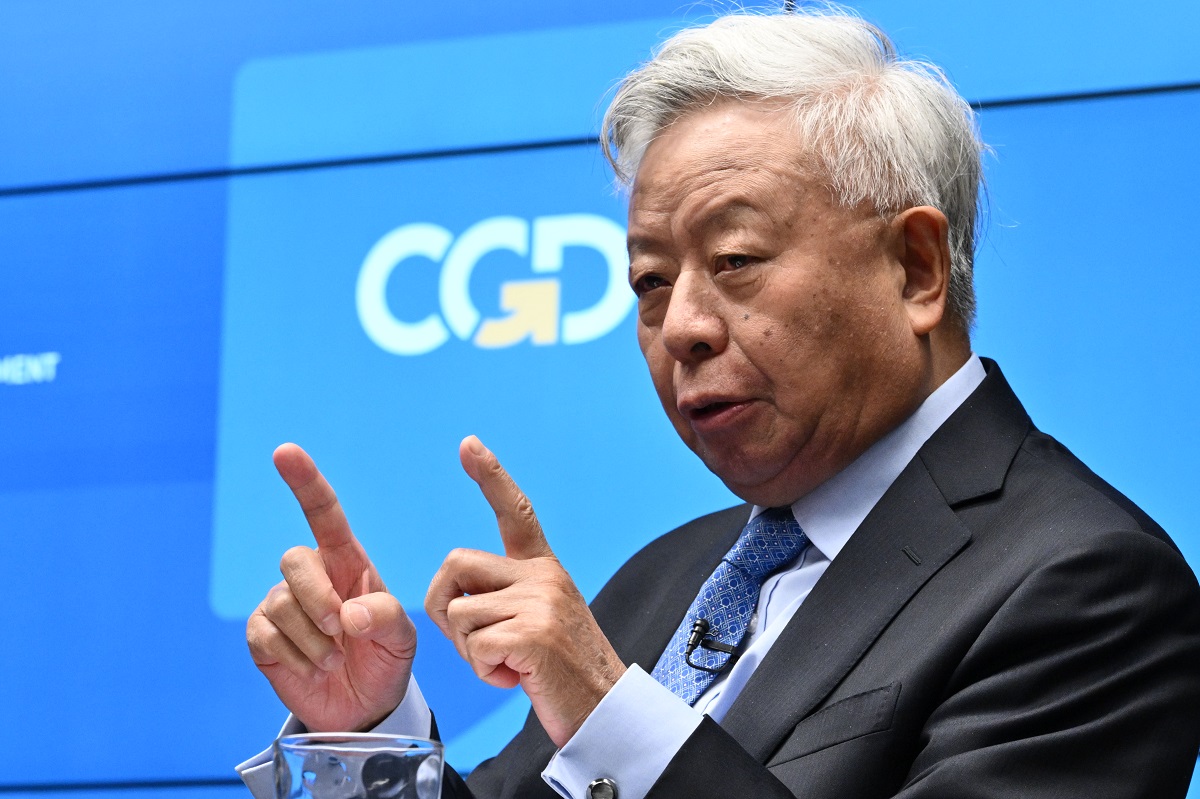August 9th was International Day of the World’s Indigenous Peoples, so it’s an appropriate moment to reflect on how the 2014 theme “Bridging the gap: Implementing the rights of indigenous peoples” relates to the forests and climate change agenda.

Two months ago, CGD had the honor of hosting Mina Setra of AMAN, the Alliance of Indigenous Peoples of the Archipelago, who spoke about REDD+ in Indonesia. During a panel discussion, and later in a CGD wonkcast, Mina eloquently described how REDD+ had boosted the struggle for indigenous rights in Indonesia.
Several years ago, the national REDD+ Task Force (since elevated to the status of Agency) invited indigenous groups to submit maps of their territories to be included in official forest mapping efforts, she explained. The resulting maps transformed perceptions of indigenous peoples, she said: “They made us visible.” Last year, this new visibility was given legal backing when the Constitutional Court ruled – in response to a suit filed by AMAN – that the State must recognizing customary indigenous land rights that had been previously been claimed by the State and managed by the Ministry of Forestry.
Setra’s account challenges the conventional wisdom. Although some indigenous groups have cautiously embraced REDD+, and others have conceded that REDD+ has made them “audible” through inclusion of their voices in national and international policy arenas, much of the discourse has focused on how efforts to stop deforestation might threaten indigenous rights. A prominent activist slogan at the 2007 climate change summit in Bali was “No Rights, No REDD”.

In response, REDD+ negotiators in the UNFCCC and the boards of various REDD+ funding mechanisms have invested significant time and attention designing “safeguard” regimes to ensure that REDD+ does no harm to indigenous peoples, and the Forest Investment Program has a special funding window for indigenous organizations. But the challenge is ongoing: just last week, a new round of controversy erupted when a leaked document suggested that the World Bank was considering a new policy that might allow governments to “opt out” of certain protections for indigenous peoples.
The risks are real: throughout history, every time something valuable has been found in forests – be it timber or gold or charismatic wildlife – indigenous peoples have been pushed aside or even forcibly removed so that others could benefit from forest wealth. With the promise of revenue streams for keeping forests standing, many observers fear that REDD+ could provide incentives for governments and private corporations to assert false claims to forest land and prospective revenues from a future carbon market, undermining indigenous rights.
Related
A Surprising Indigenous View of REDD+ - Mina Setra and Frances Seymour - Wonkcast
The fact that it seems to have worked the other way around in Indonesia – REDD+ initiatives helping to strengthen indigenous rights – suggests that we may be justified in imagining an alternative narrative in which REDD+ can be an opportunity rather than a threat. REDD+ proponents have long touted the alignment of their agenda with that of indigenous peoples based on the latter’s track record of forest stewardship and resistance to forest destruction. While the global evidence on the relationship between community-level tenure and forest condition is incomplete, a new CGD meta-analysis by Kalifi Ferretti-Gallon and Jonah Busch finds that management of forests by indigenous people is clearly associated with less deforestation. A blog post by Steve Schwartzman at EDF includes maps that show vividly how areas under the control of indigenous groups in the Xingu National Park in Brazil have been protected from forest clearing for cattle raising and and soy production (the post also describes how indigenous agricultural systems are threatened by climate change).
Senator Patrick Leahy said it well in a statement in February regarding his initiative to create a position of Advisor for Indigenous Peoples’ Issues at the United States Agency for International Development (USAID):
In today’s globalized world, ensuring the rights of indigenous peoples is everyone’s responsibility. Respect for their rights is not only necessary for their continued survival as distinct cultures, but also to help ensure the well-being of the entire planet. Whether we are talking about biodiversity protection, climate change or sustainable development, indigenous peoples have much to offer. Their ancestral knowledge, developed over millennia, has been vital to preserving what’s left of the world’s critical ecosystems, and can play a key role in finding solutions to challenges that humanity is currently facing.
I was delighted to learn a few months ago that the position at USAID proposed by Senator Leahy had not only been created, but had been filled by the highly-qualified Brian Keane.
Of course, recognition of indigenous peoples’ rights and their aggressive implementation should not be contingent upon alignment with the REDD+ agenda or any other instrumental objective. While it’s great that in Indonesia (and likely elsewhere) REDD+ initiatives are being deployed in ways that advance indigenous rights, the indigenous rights agenda is important on its own terms, regardless of the benefits that the rest of us might enjoy in the form of protected forests and reduced climate change risks. In other words, indigenous peoples shouldn’t be faced with an implicit slogan of “No REDD, No Rights.” Even in Indonesia, it remains to be seen how effective REDD+ can be in “bridging the gap” between the 2013 Constitutional Court decision on customary land rights and its implementation.
But to the extent that efforts to protect forests and stabilize the climate can also advance indigenous rights, that can only increase the urgency and imperative of our support.
Disclaimer
CGD blog posts reflect the views of the authors, drawing on prior research and experience in their areas of expertise. CGD is a nonpartisan, independent organization and does not take institutional positions.




